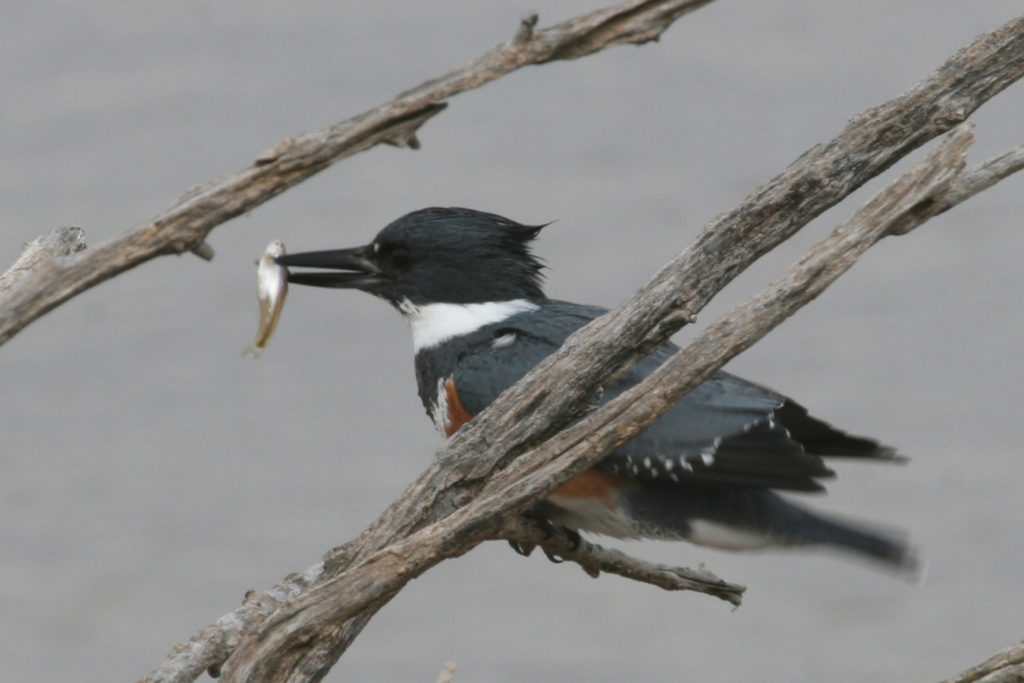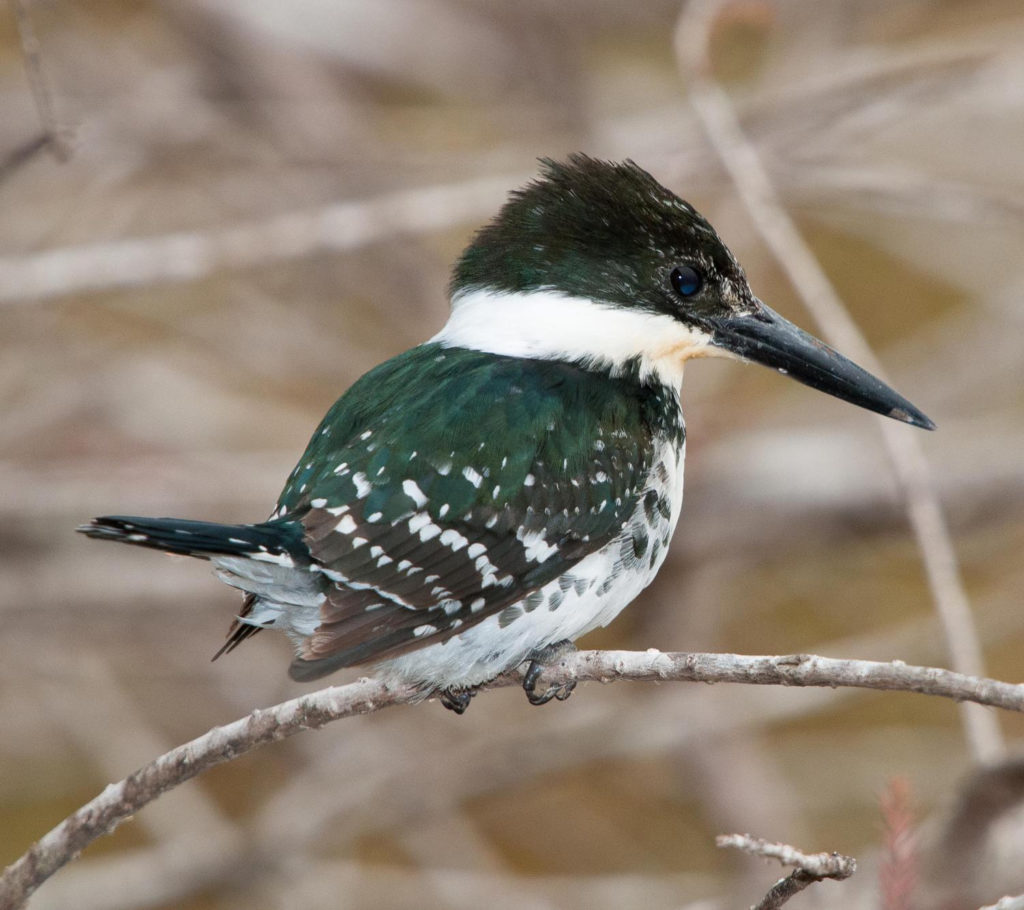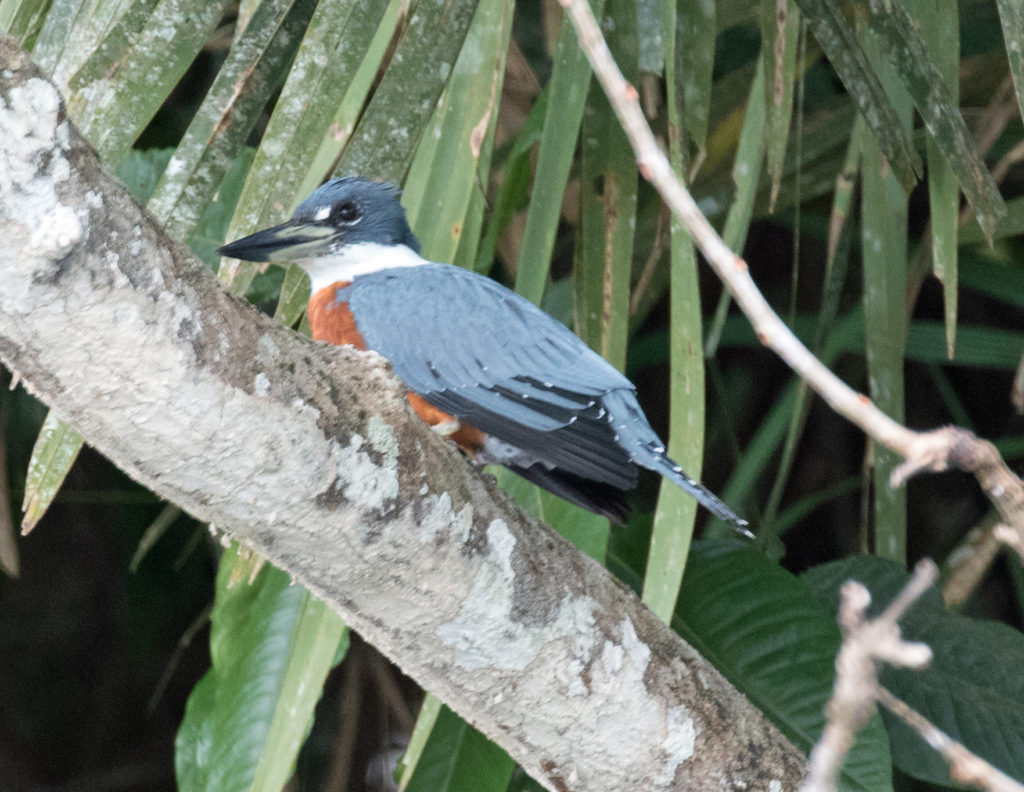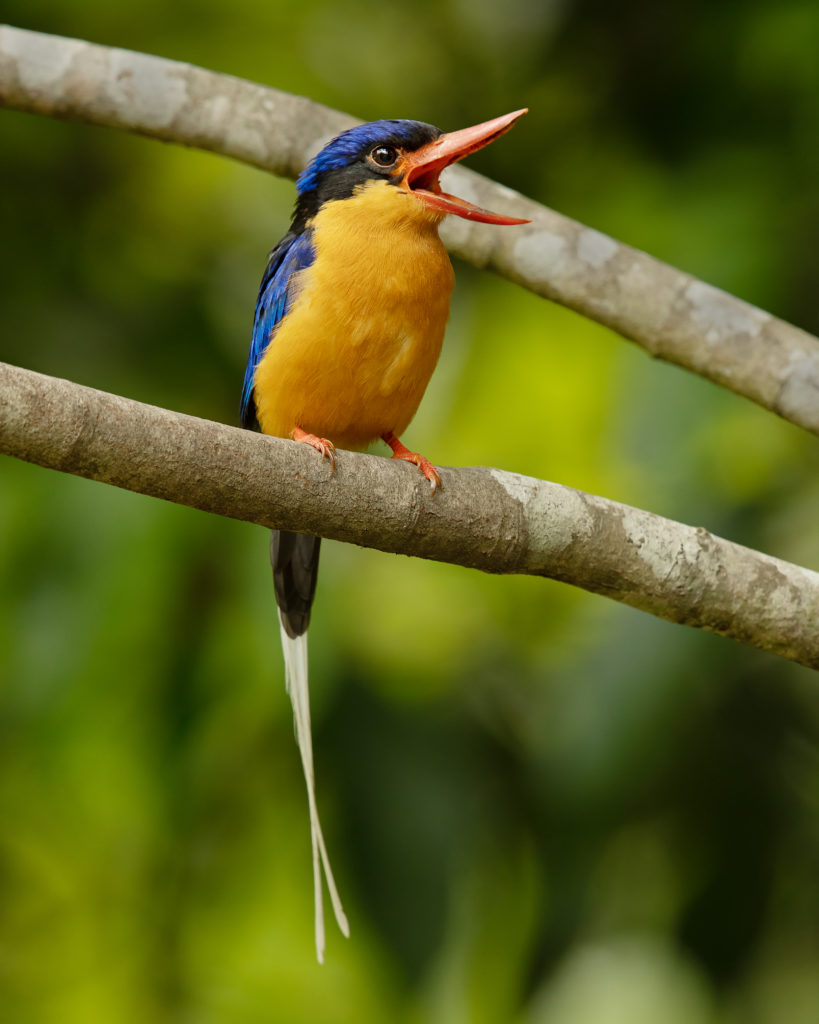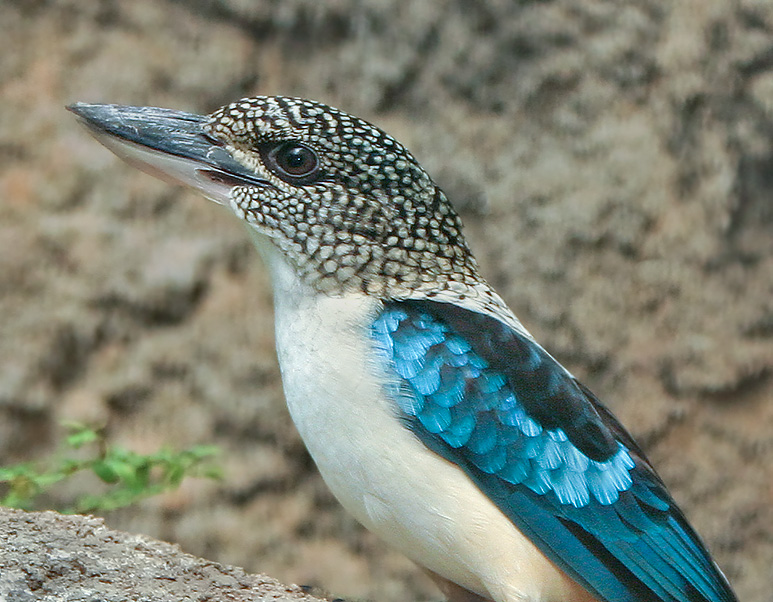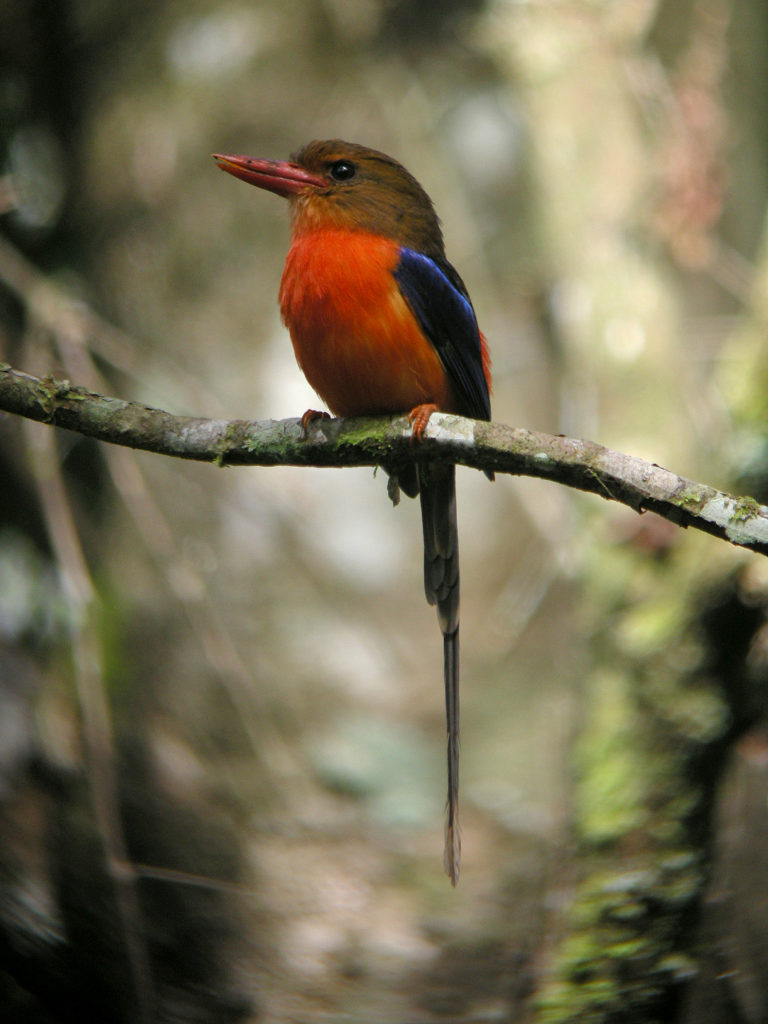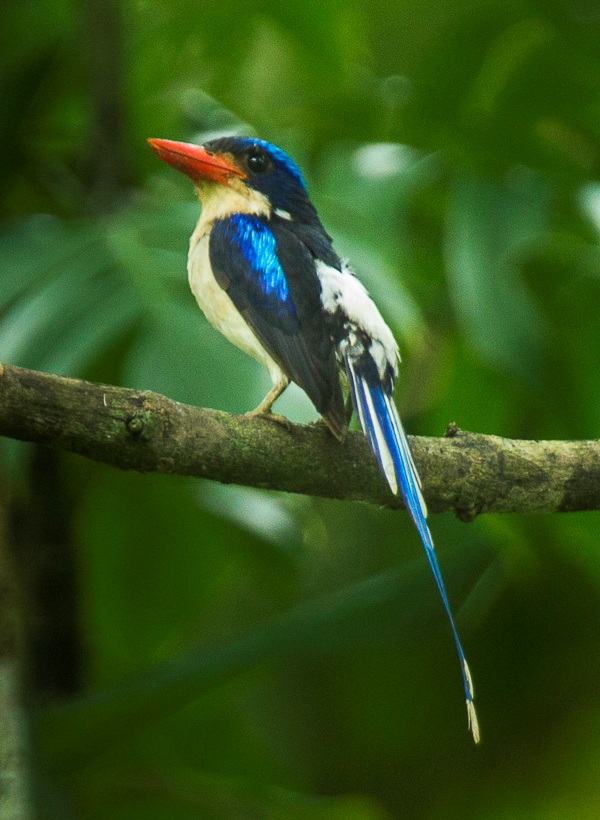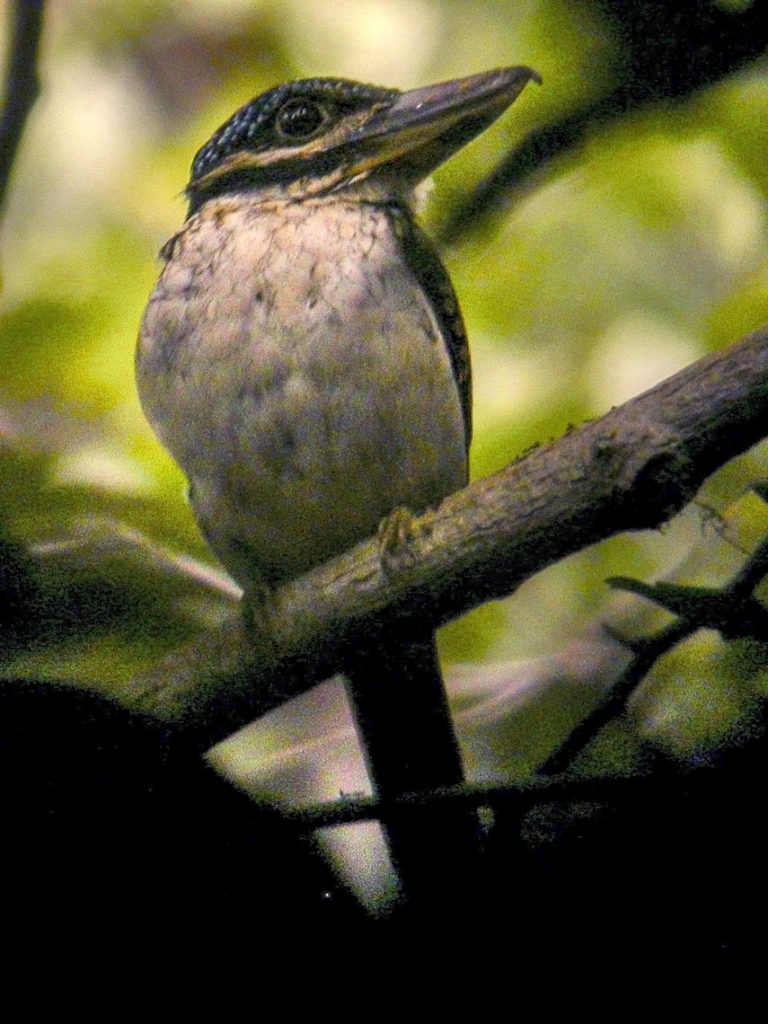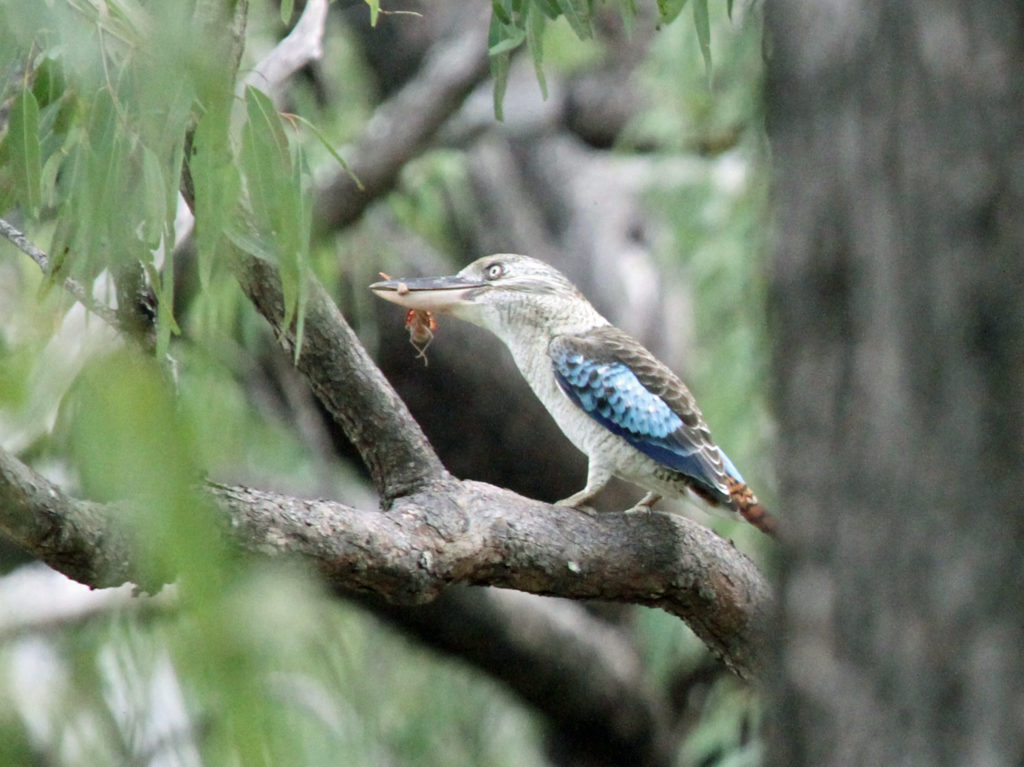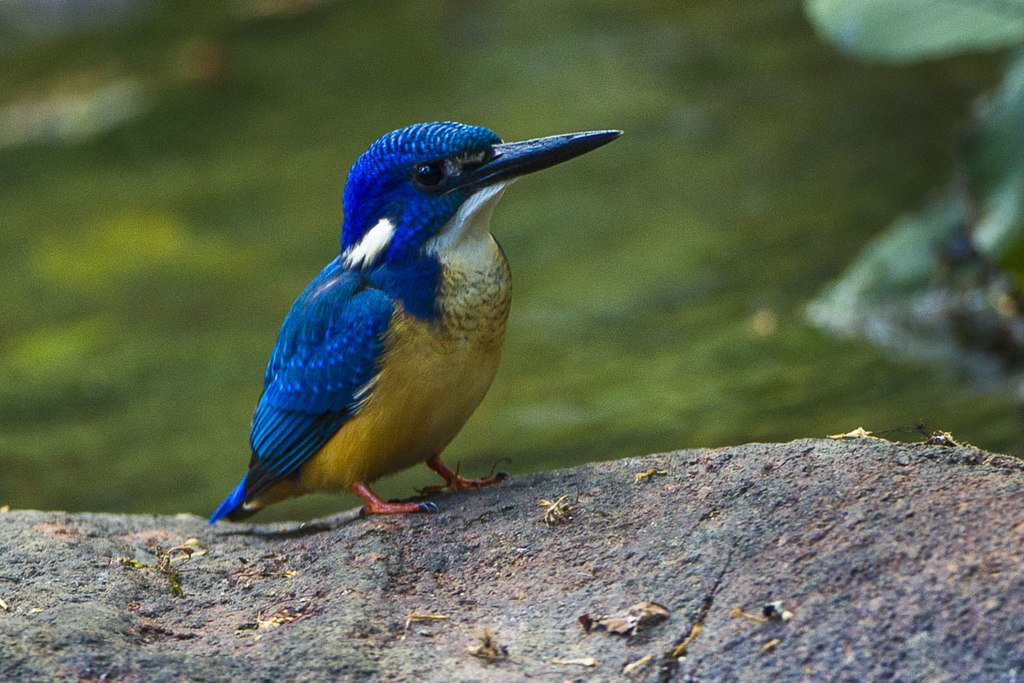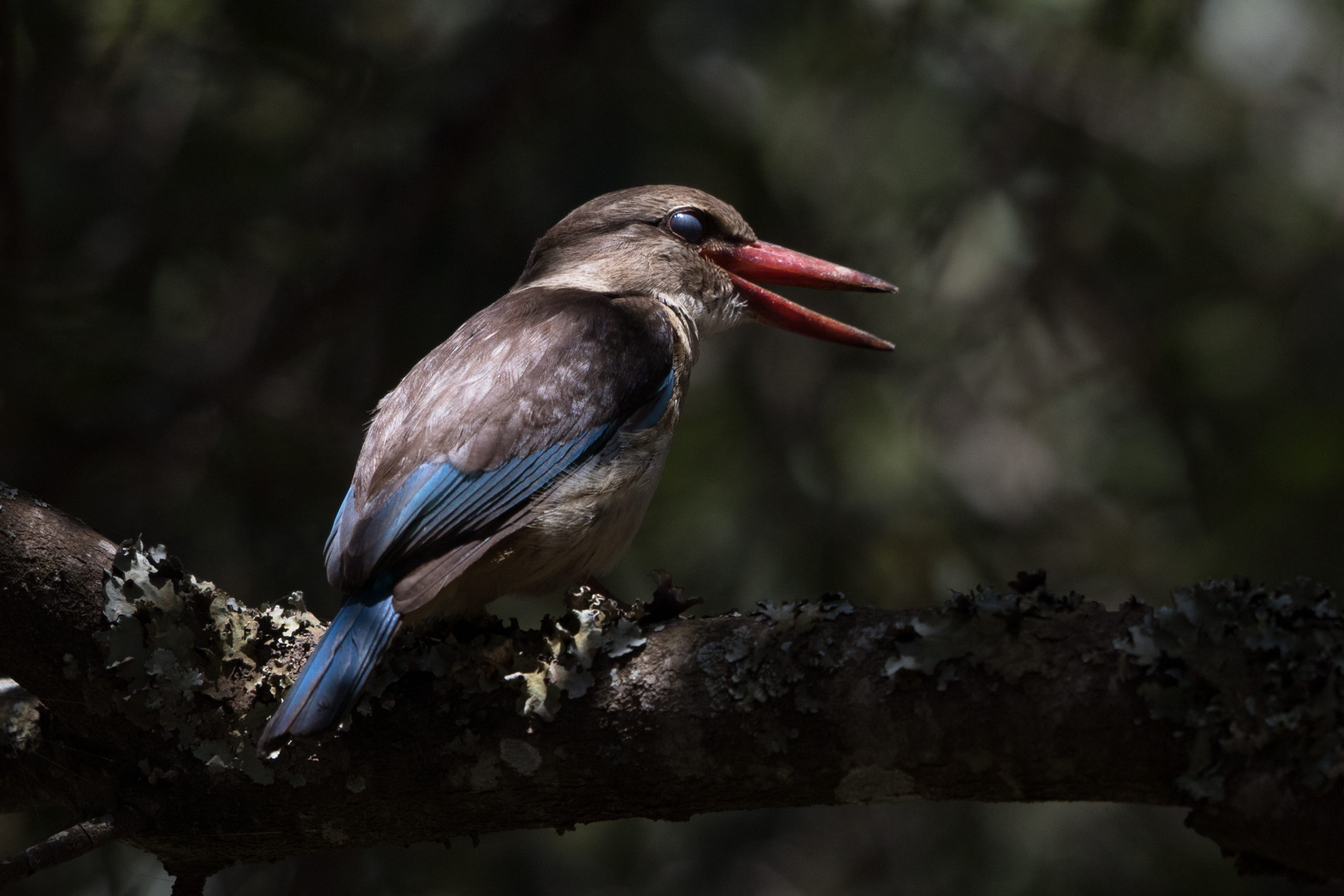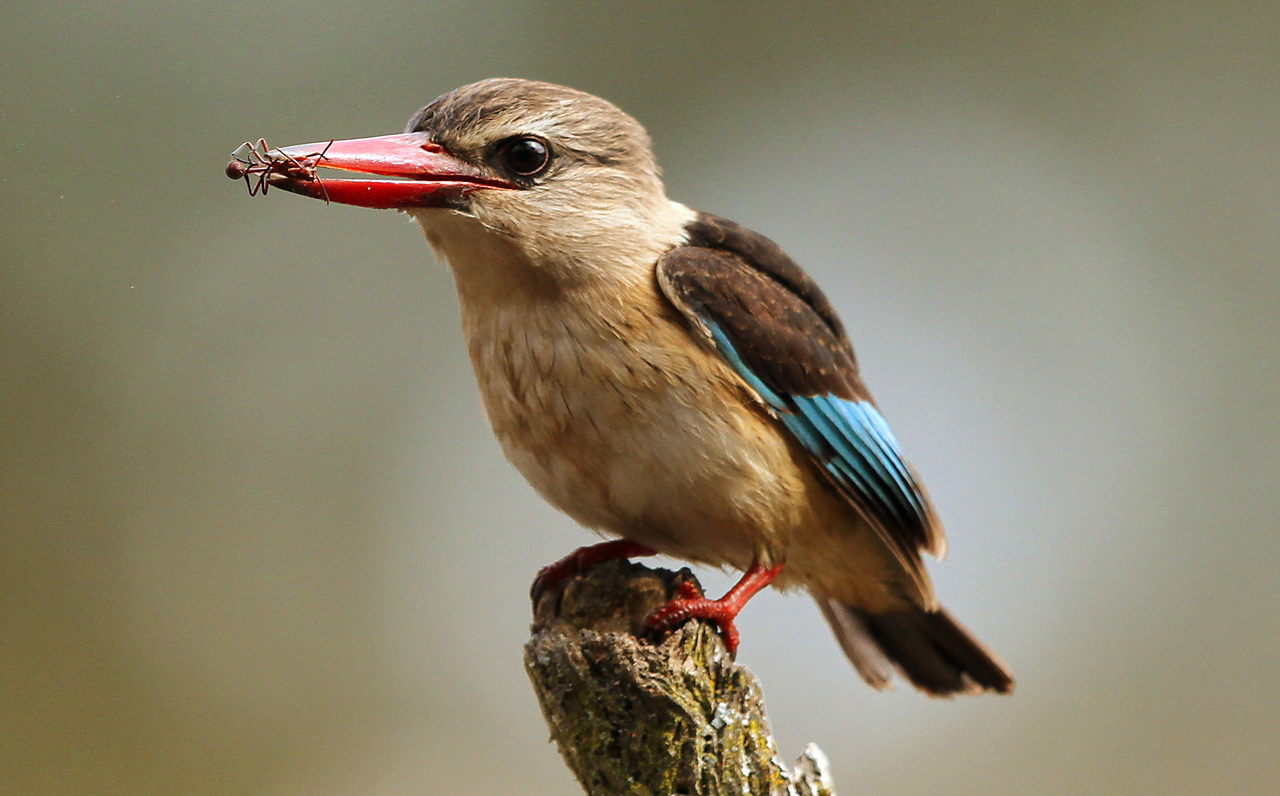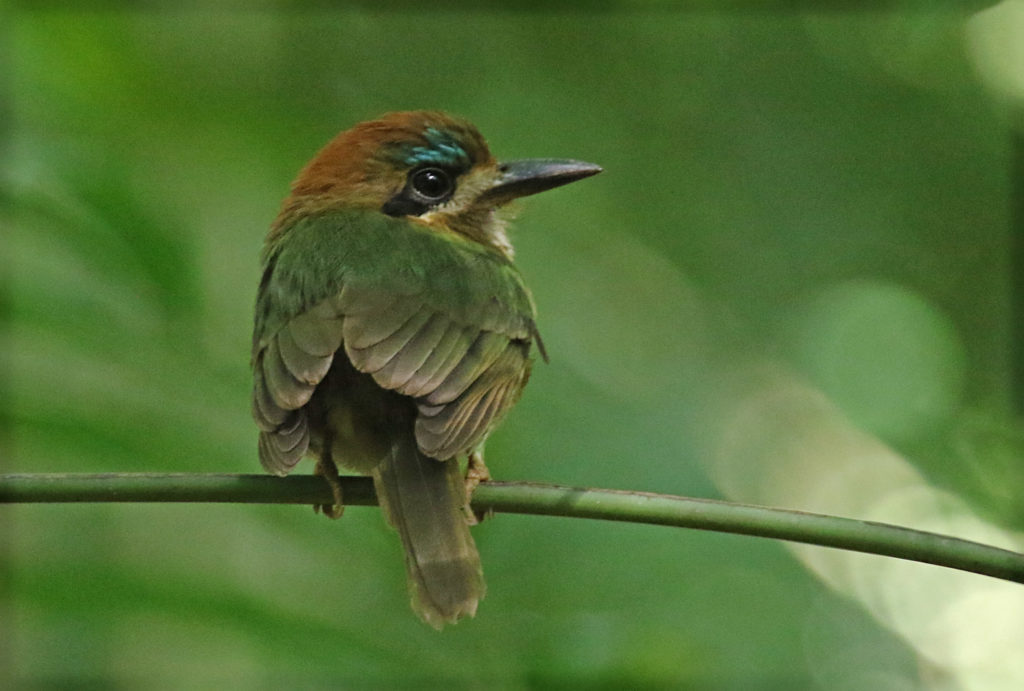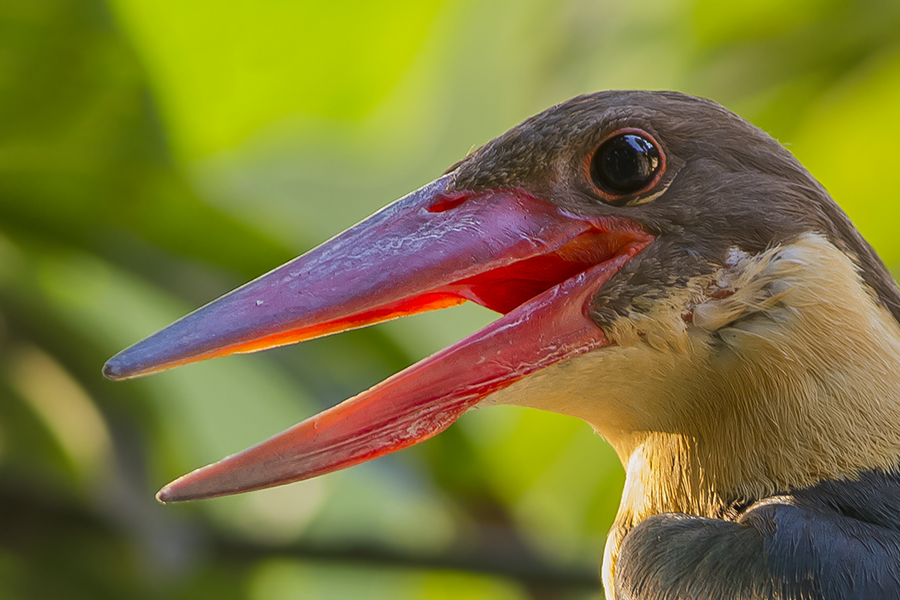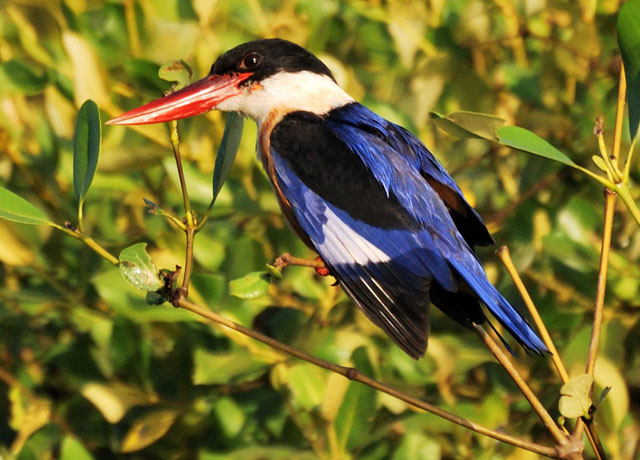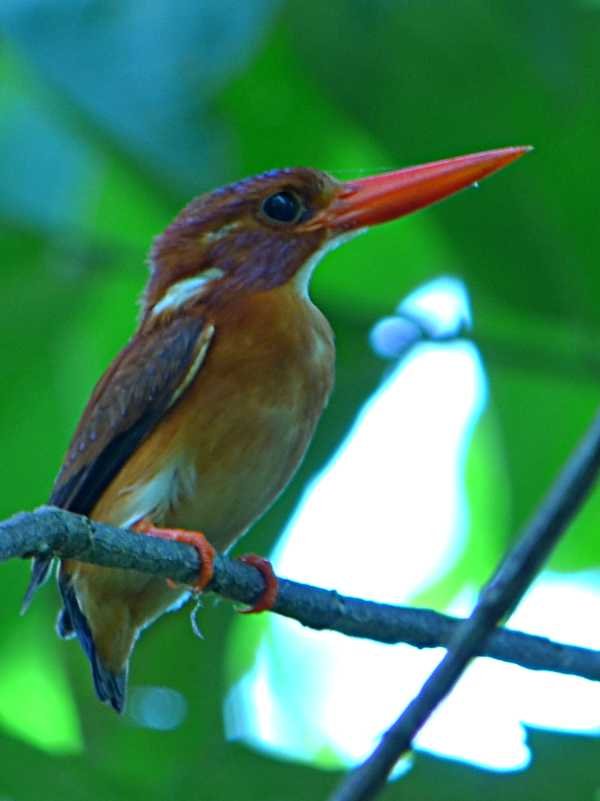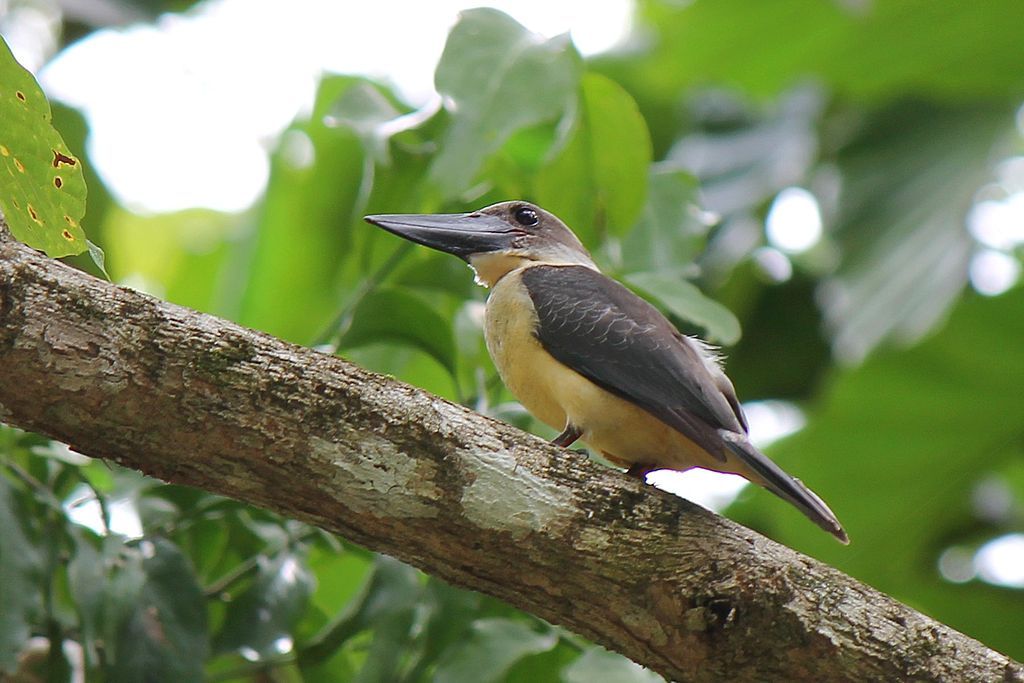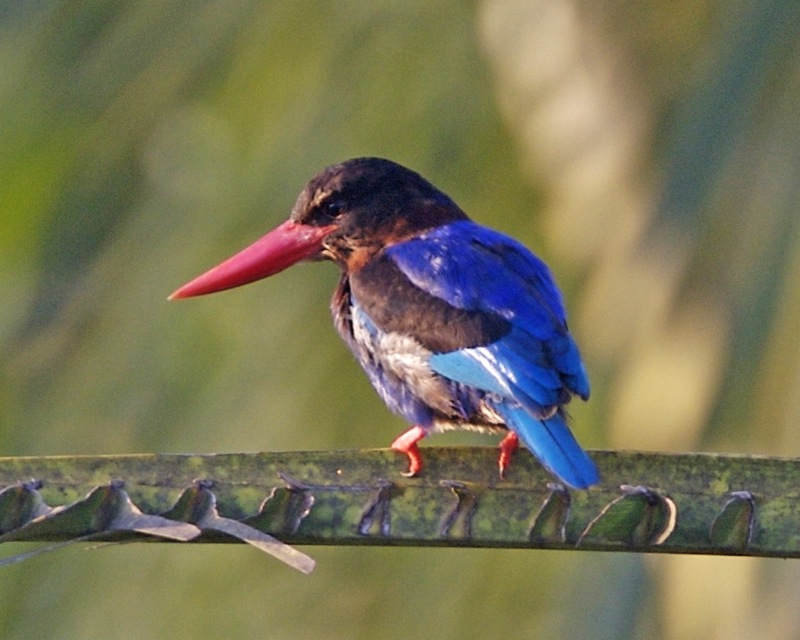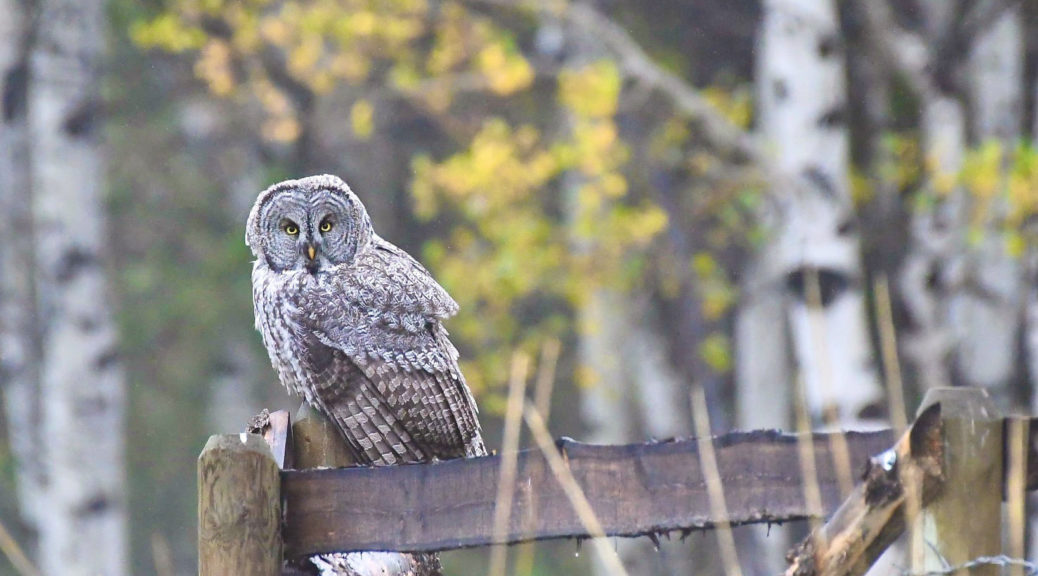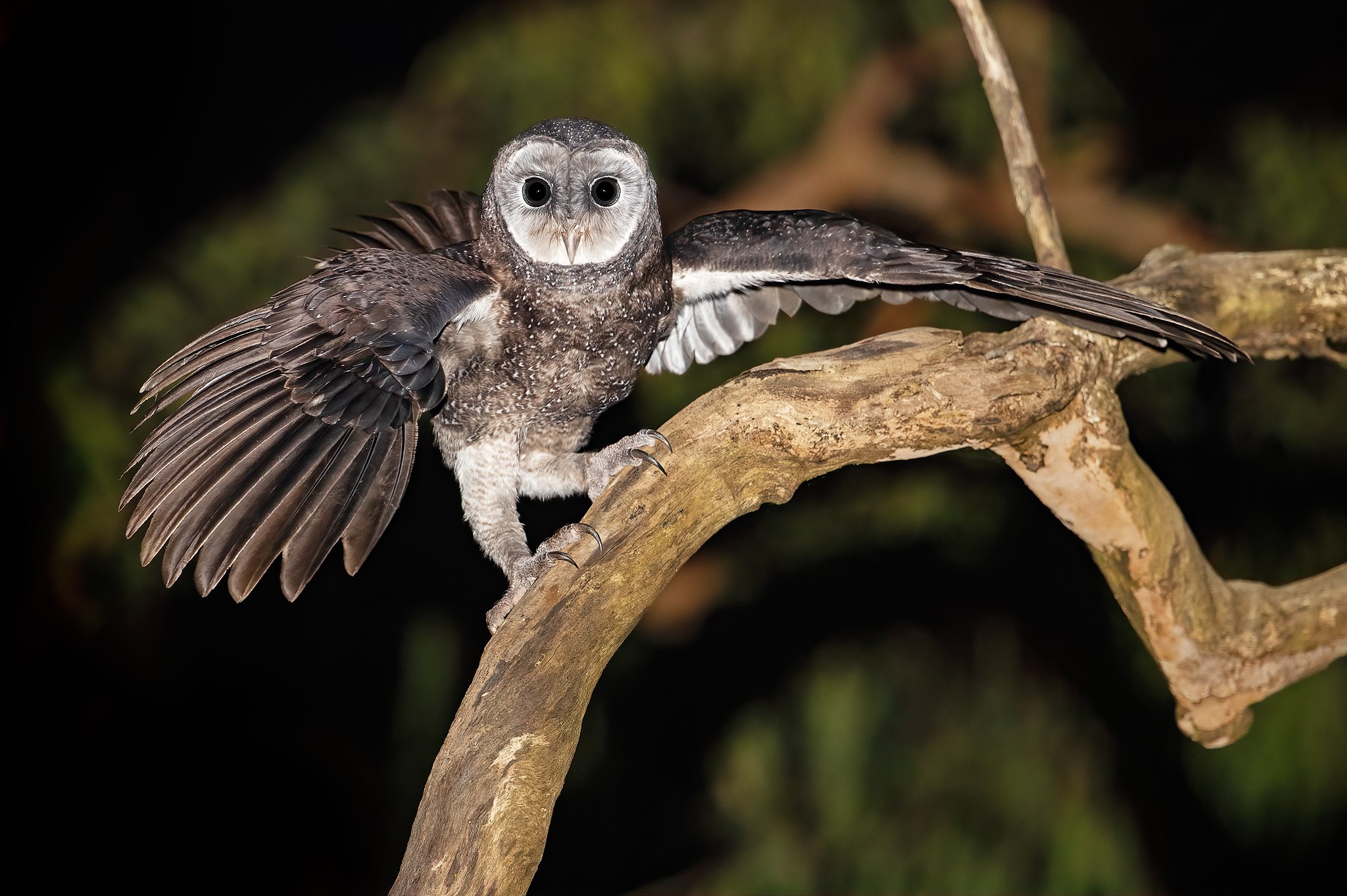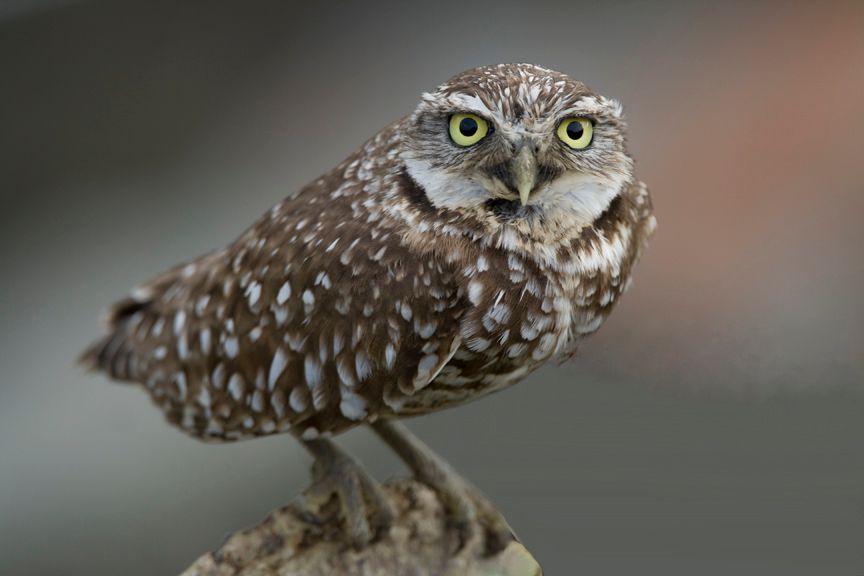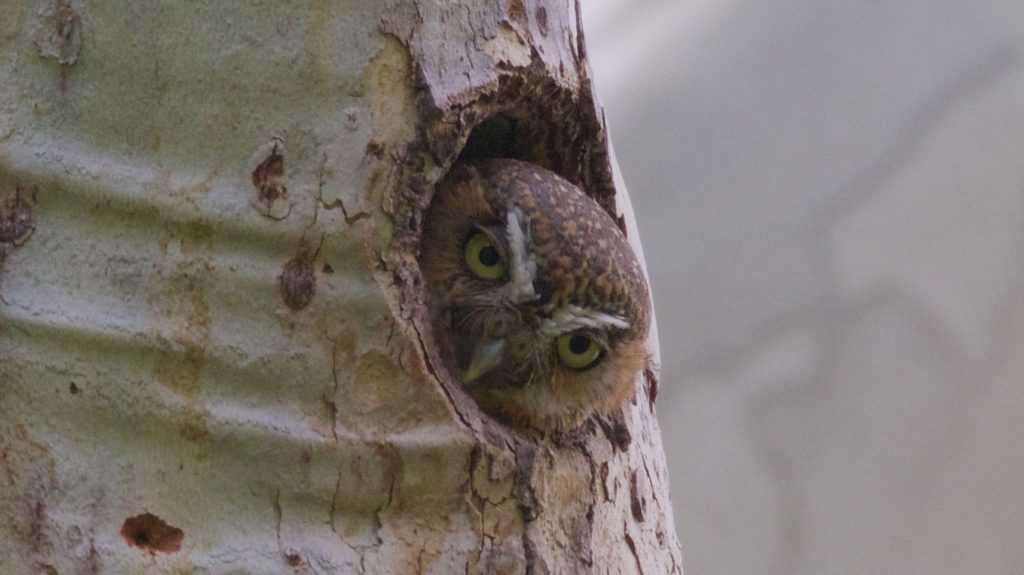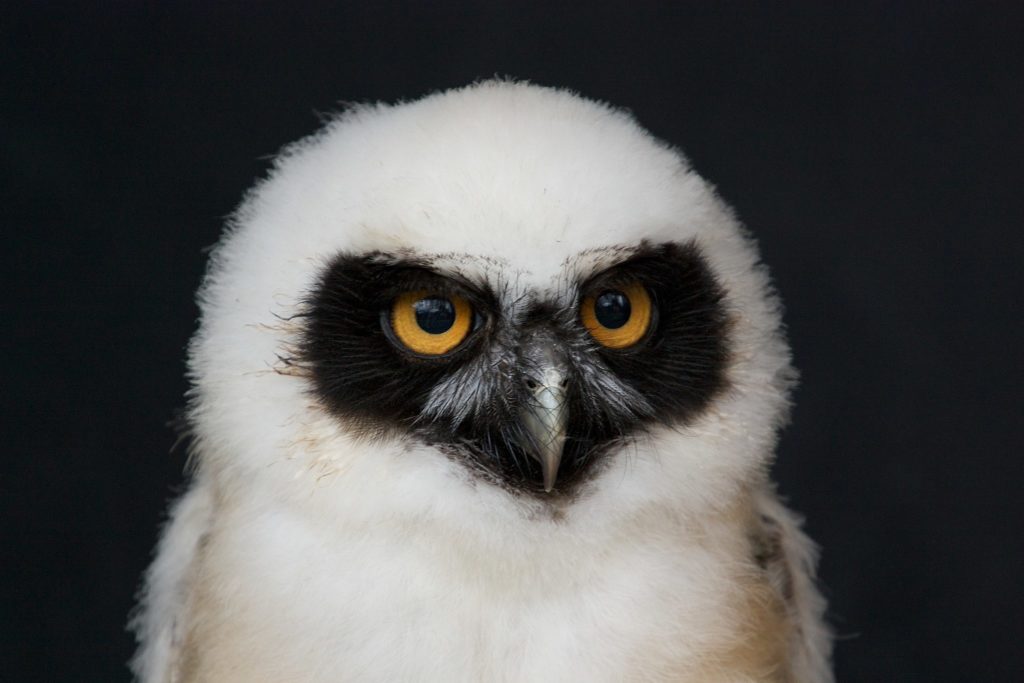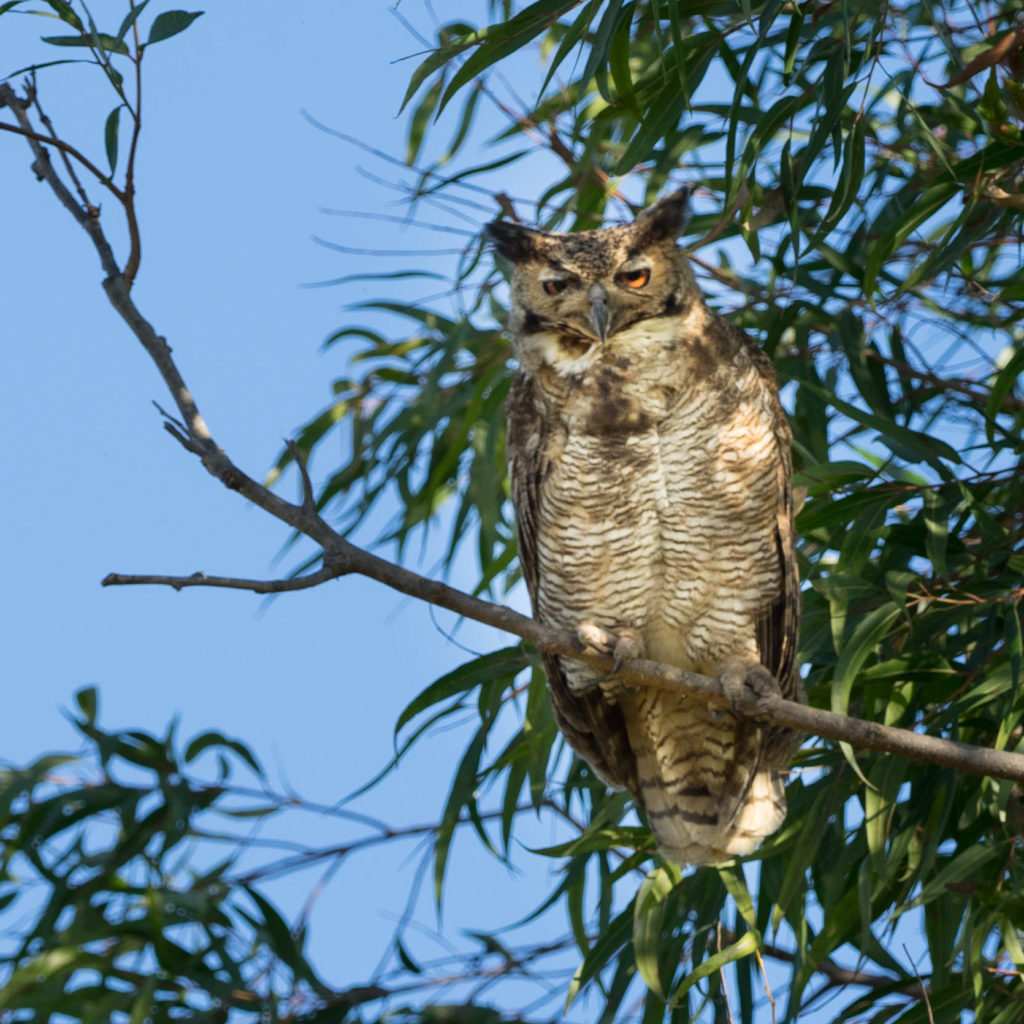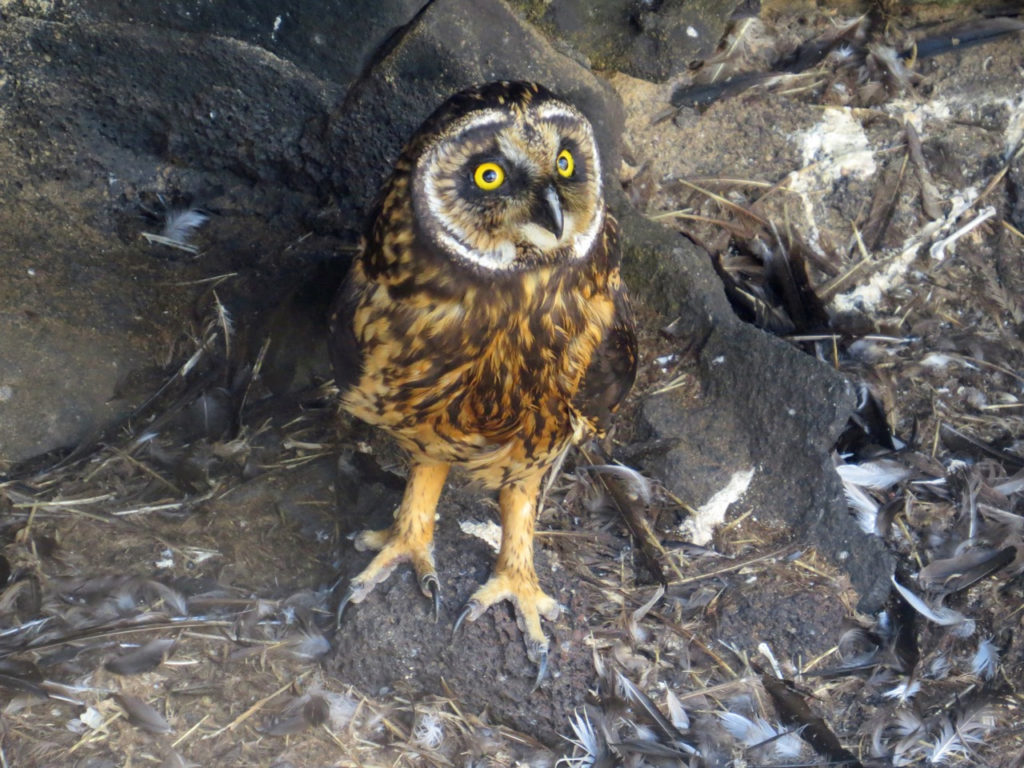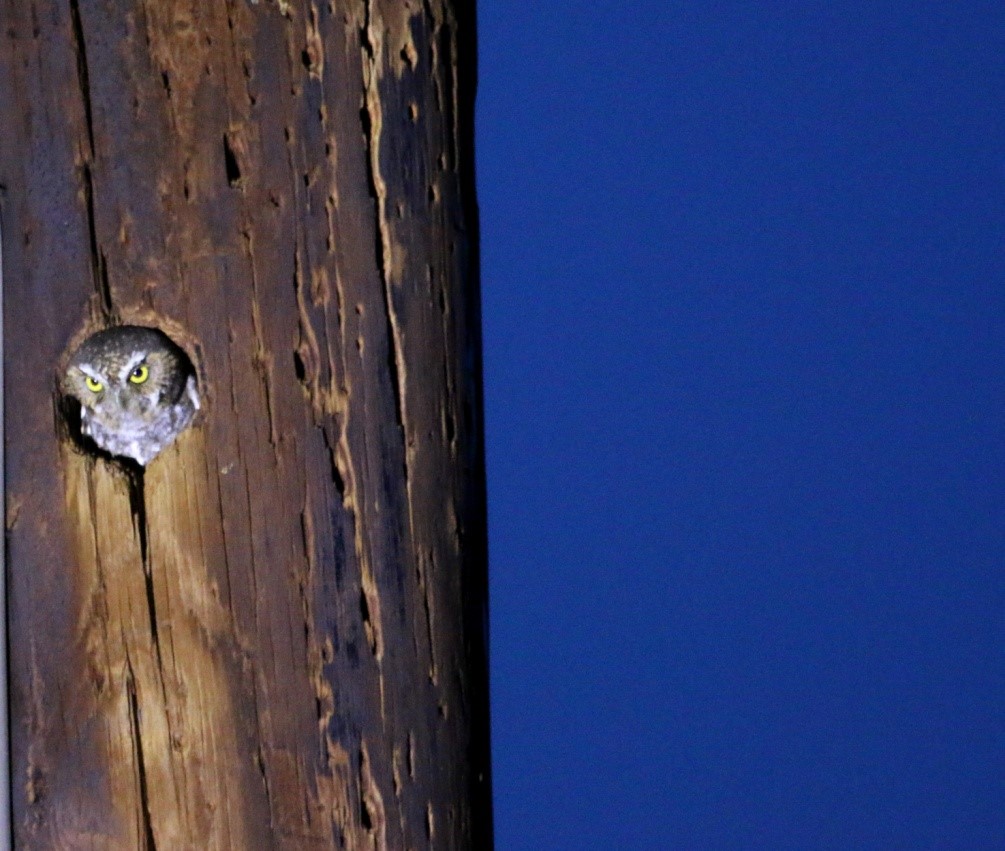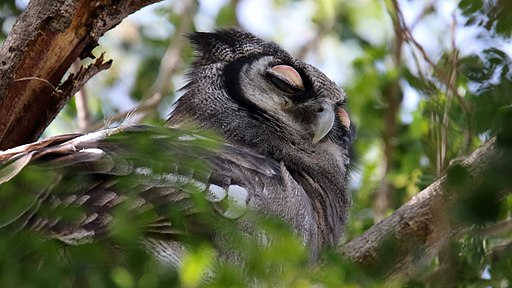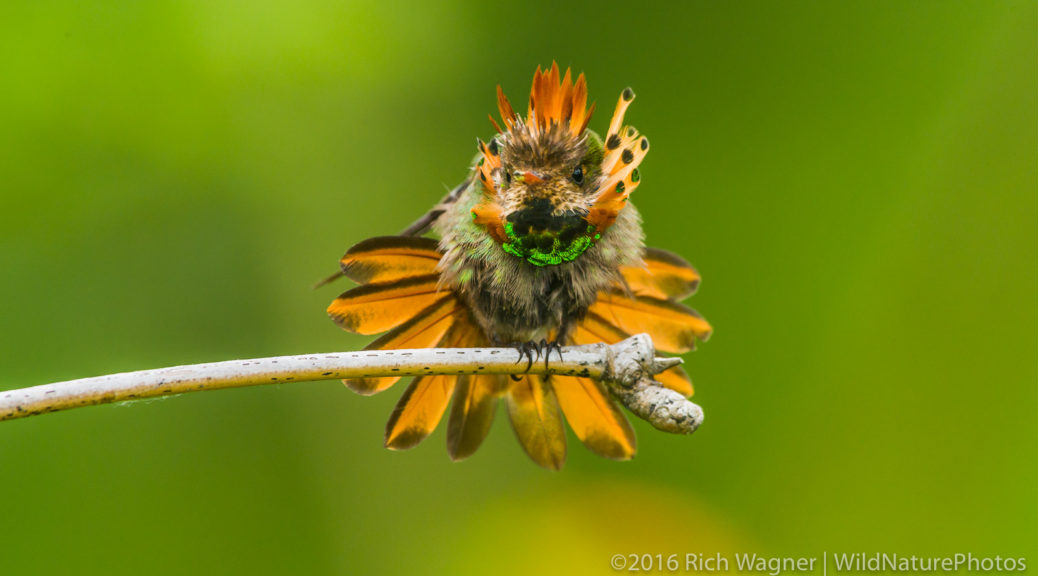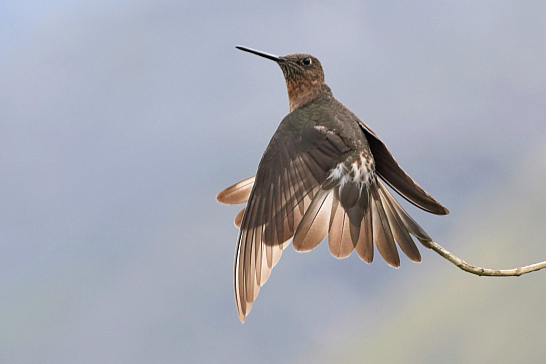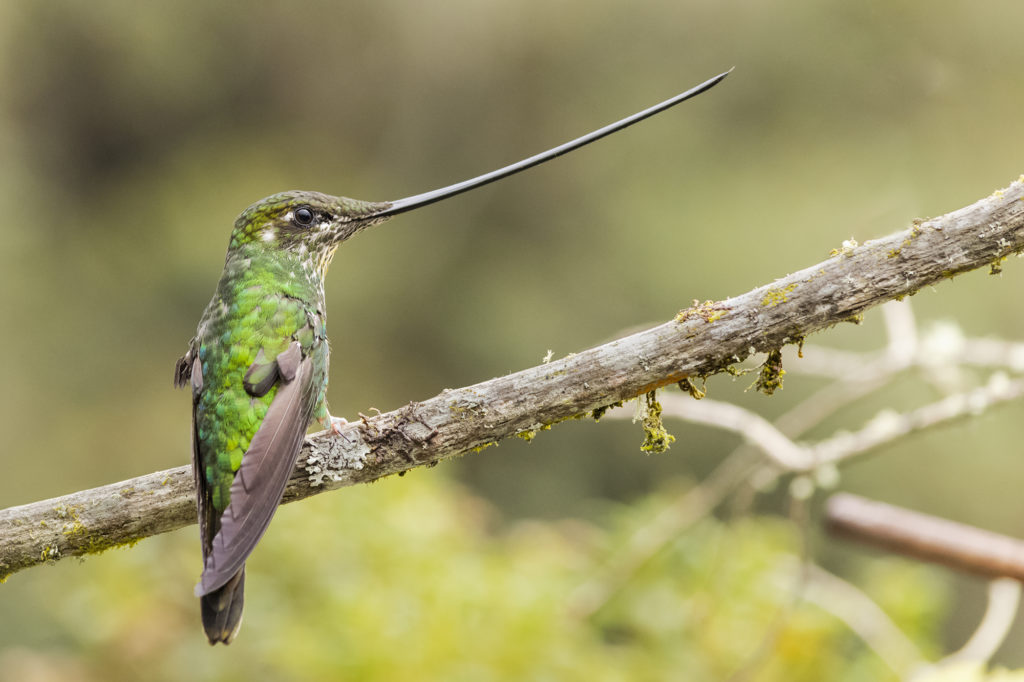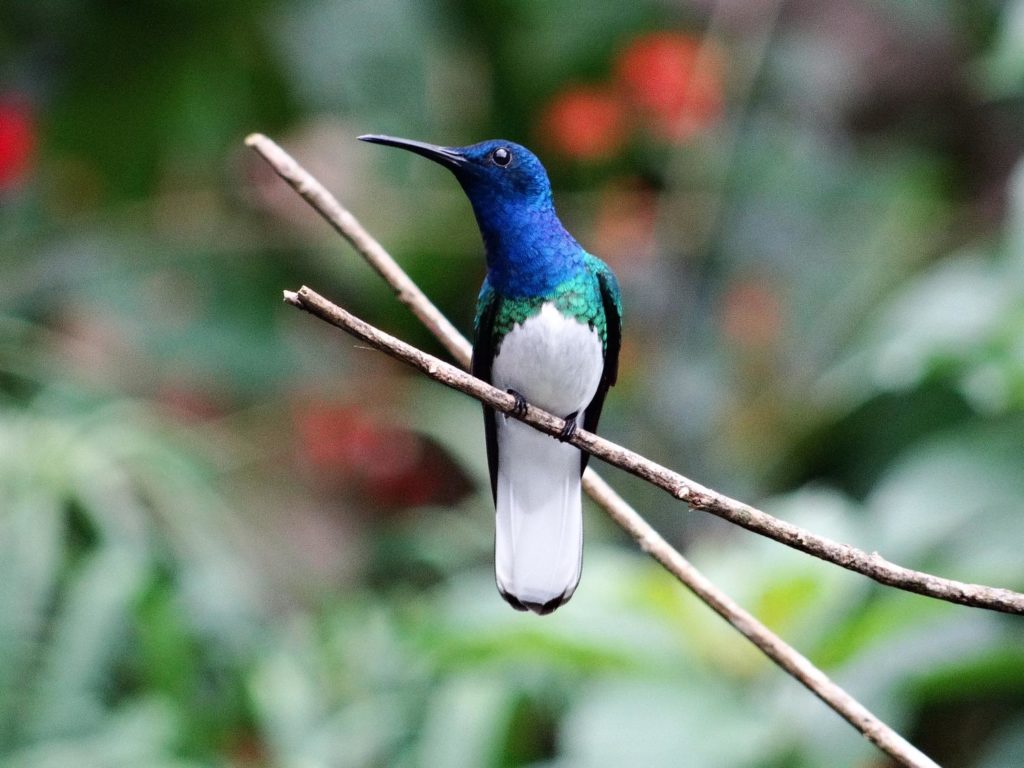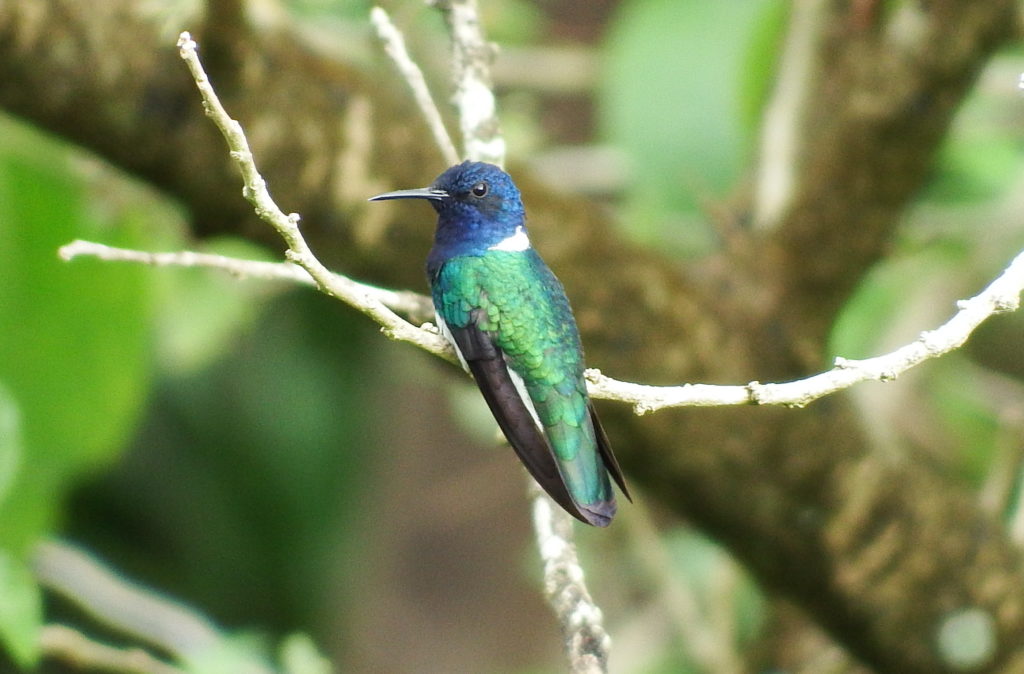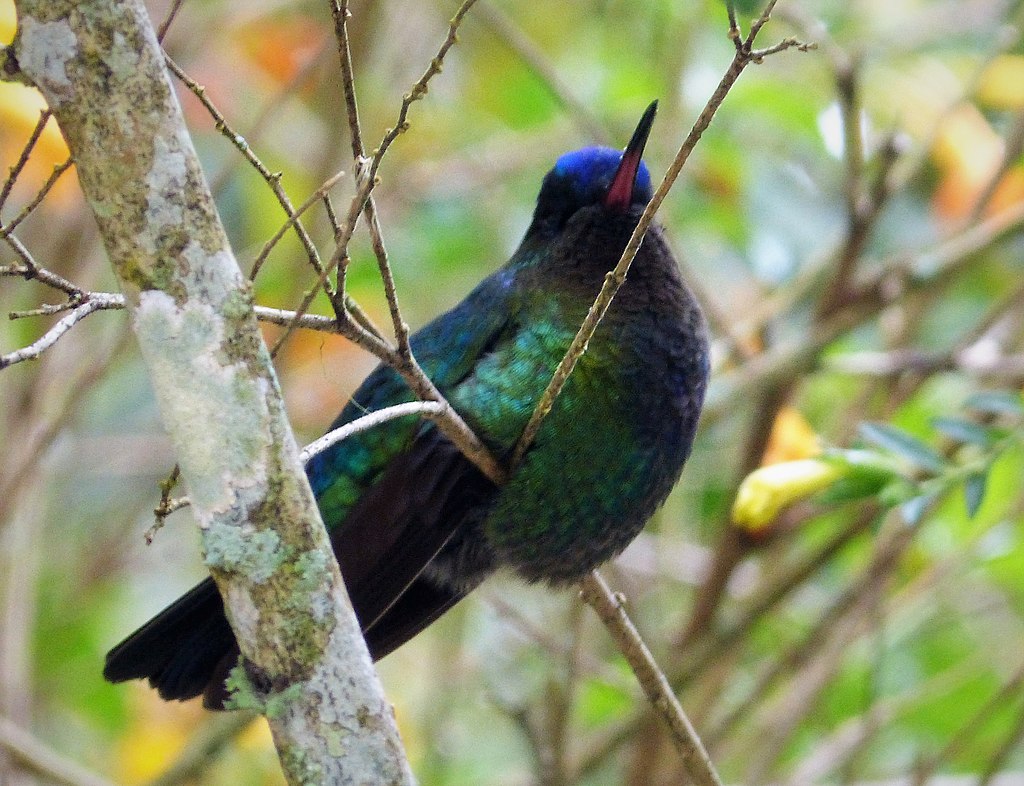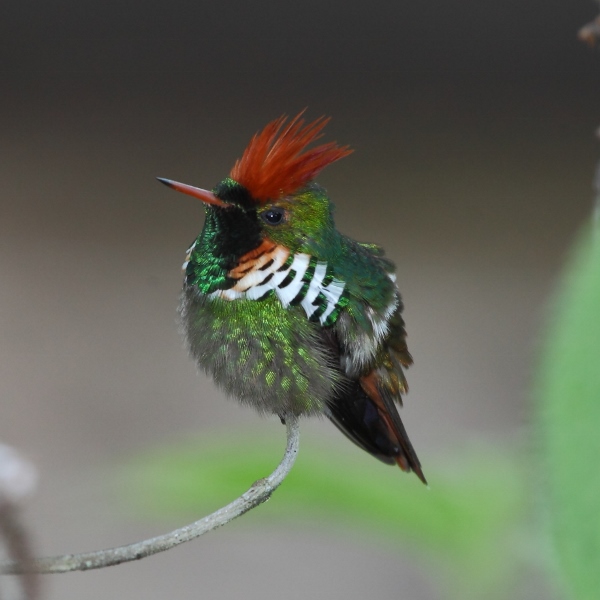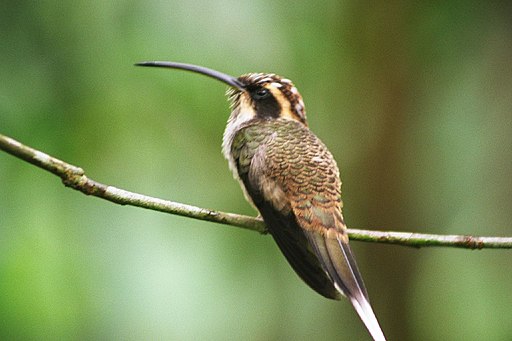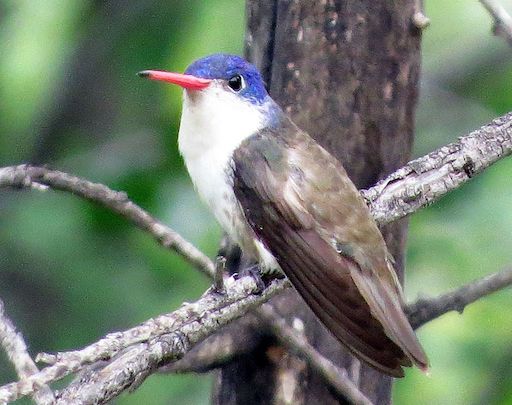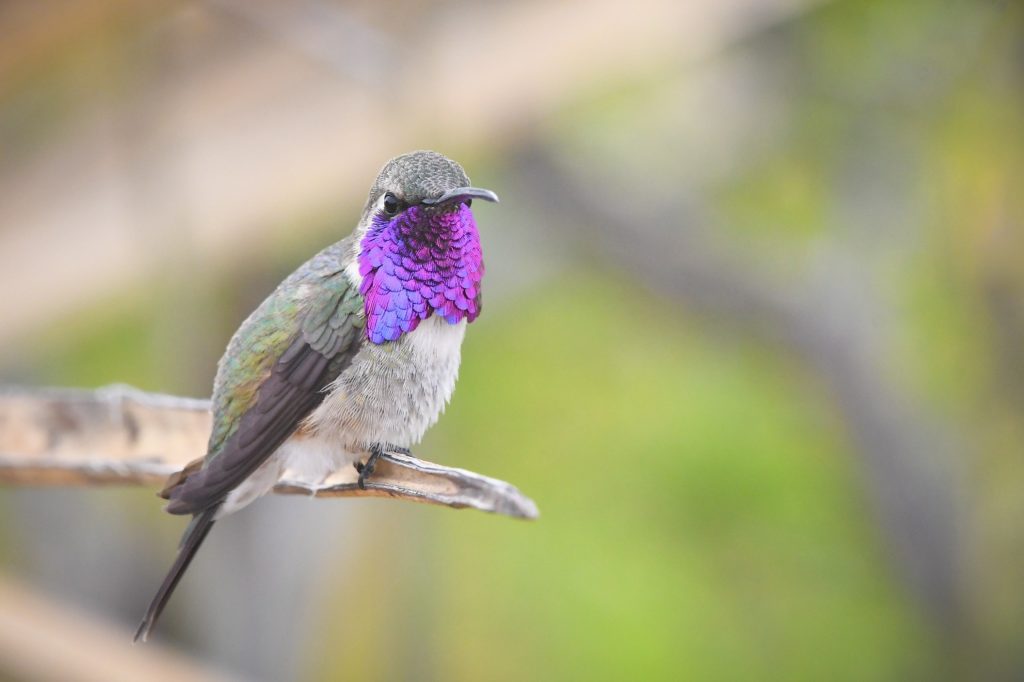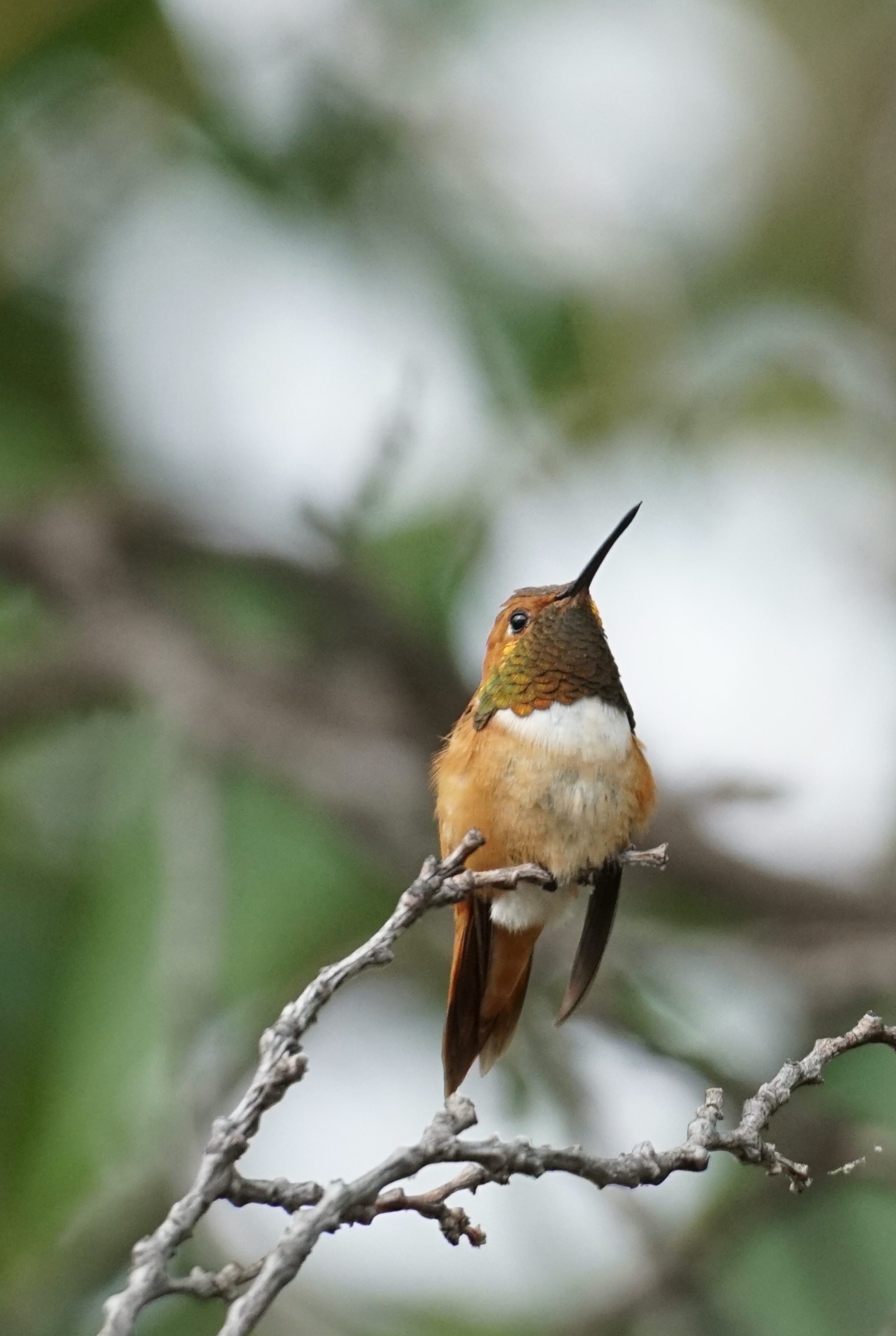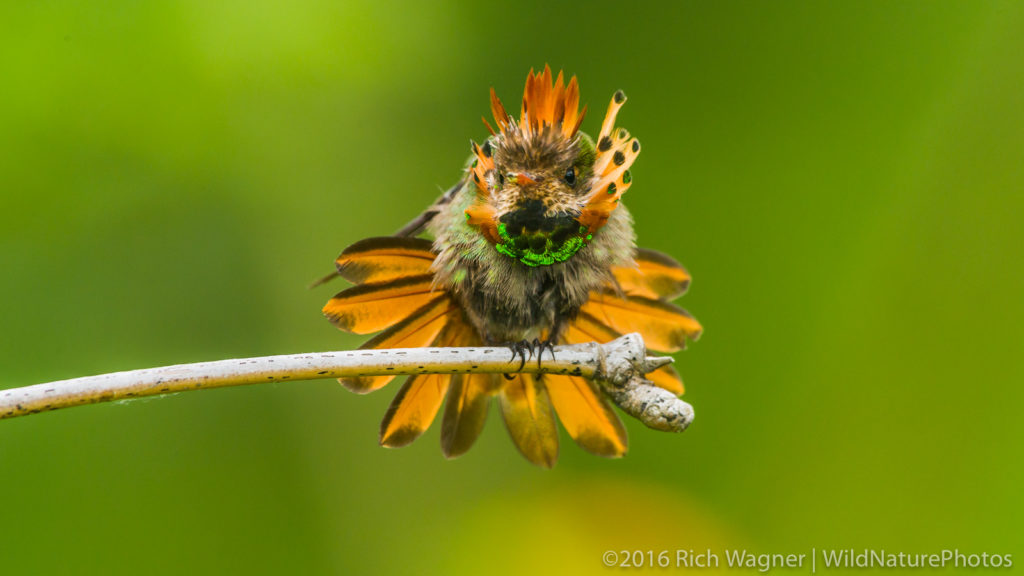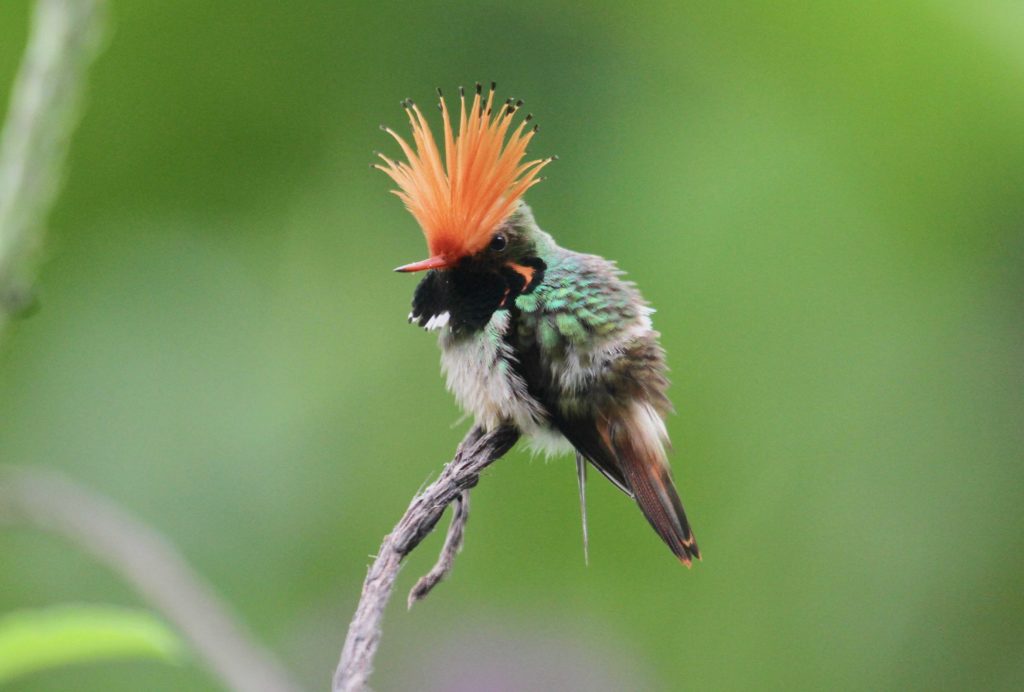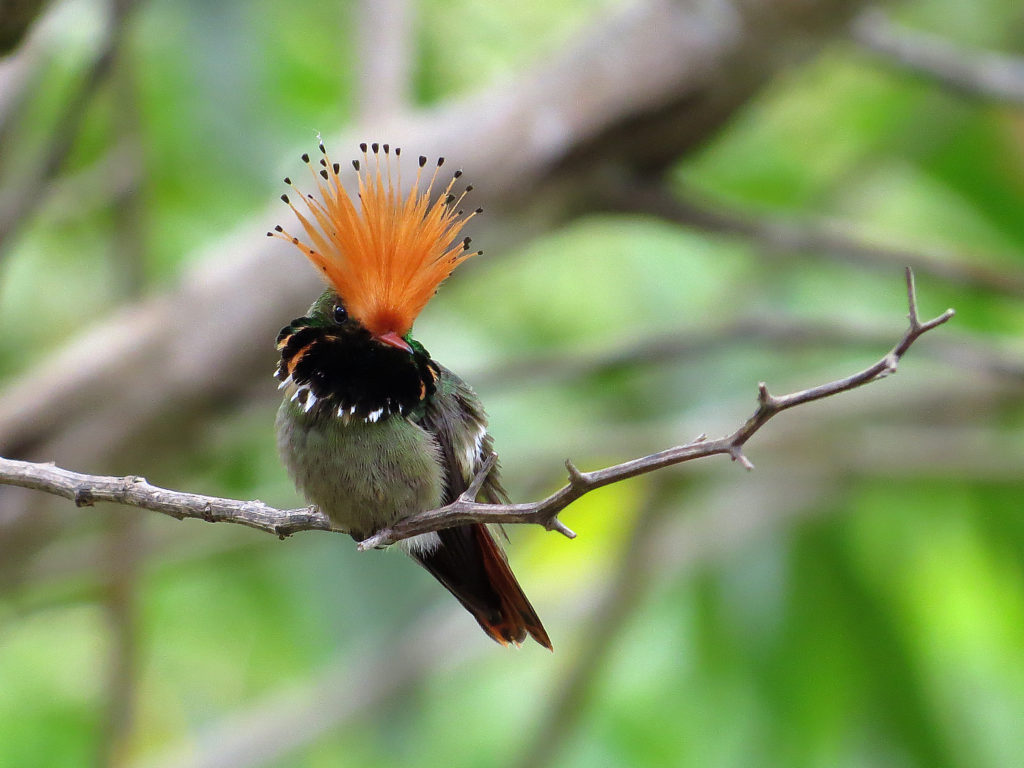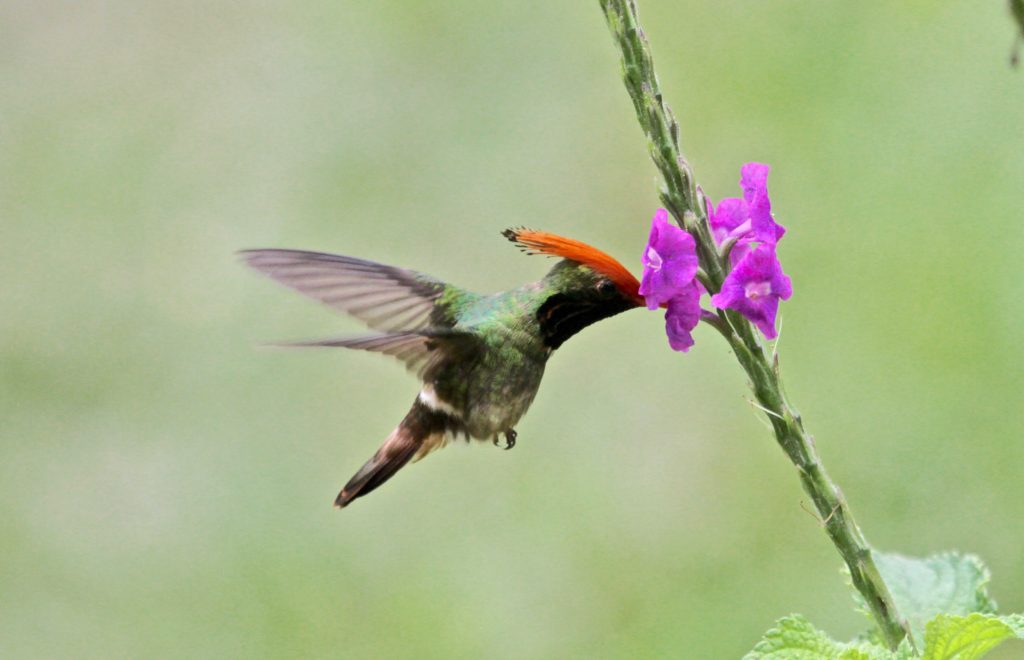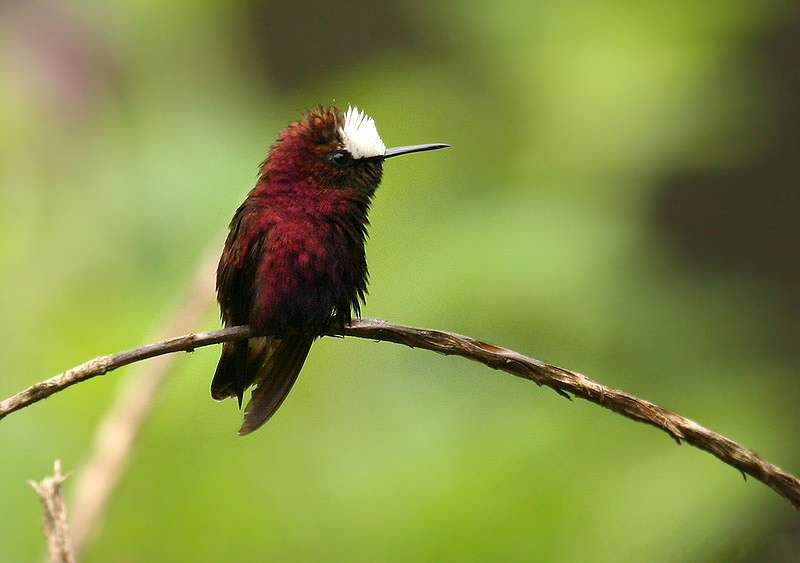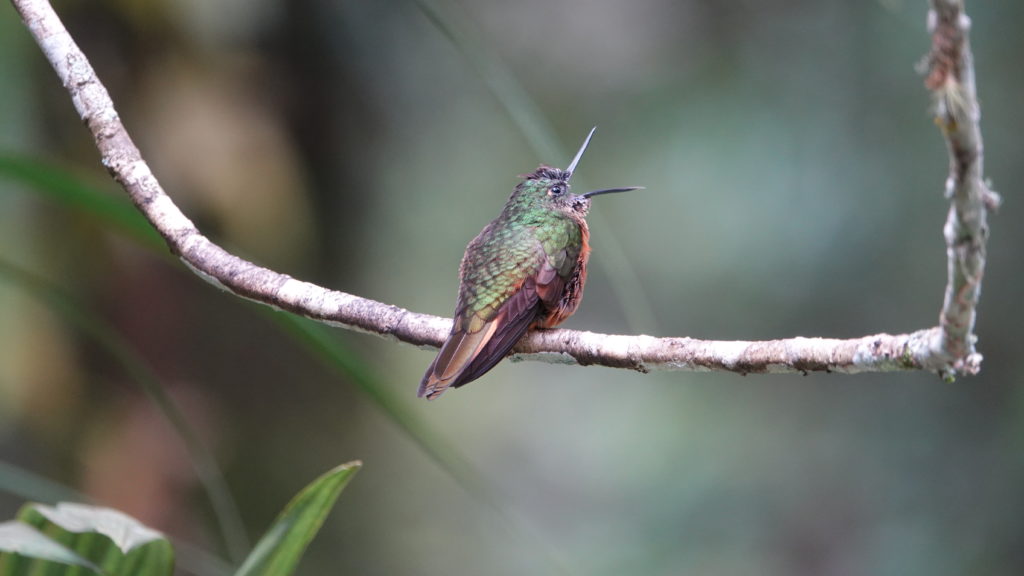Kingfishers are among the most charismatic and distinctive of all the bird families, with large heads and long pointed bills that contrast with their shortish legs and stubby tails. Even beginning US birders can confidently identify the brush-crested red-white-and-blue Belted Kingfisher, whose in-flight, rattling, streamside call is as unmistakable as it is thrilling.
Belted Kingfisher is widespread in North America and may be seen on most of our Mainland US and Alaska tours. Our Southeast Arizona and Texas tours may see two more species, at the top of their North American ranges: Ringed Kingfisher and Green Kingfisher, who, like the Belted Kingfisher, perch and hunt along streams and rivers for their namesake lunch.
Like many kingfisher species, Green Kingfisher digs long tunnel burrows into stream banks, often rising in height before dropping down to their nests. Tunnel kingfisher nests often become quite befouled, perhaps because taking out the refuse would be such a long trip!
US birders traveling abroad are sometimes surprised to learn there are kingfishers who don’t eat fish at all! There are 114 species of kingfishers, and while they have similar forms, they are diverse and widespread.
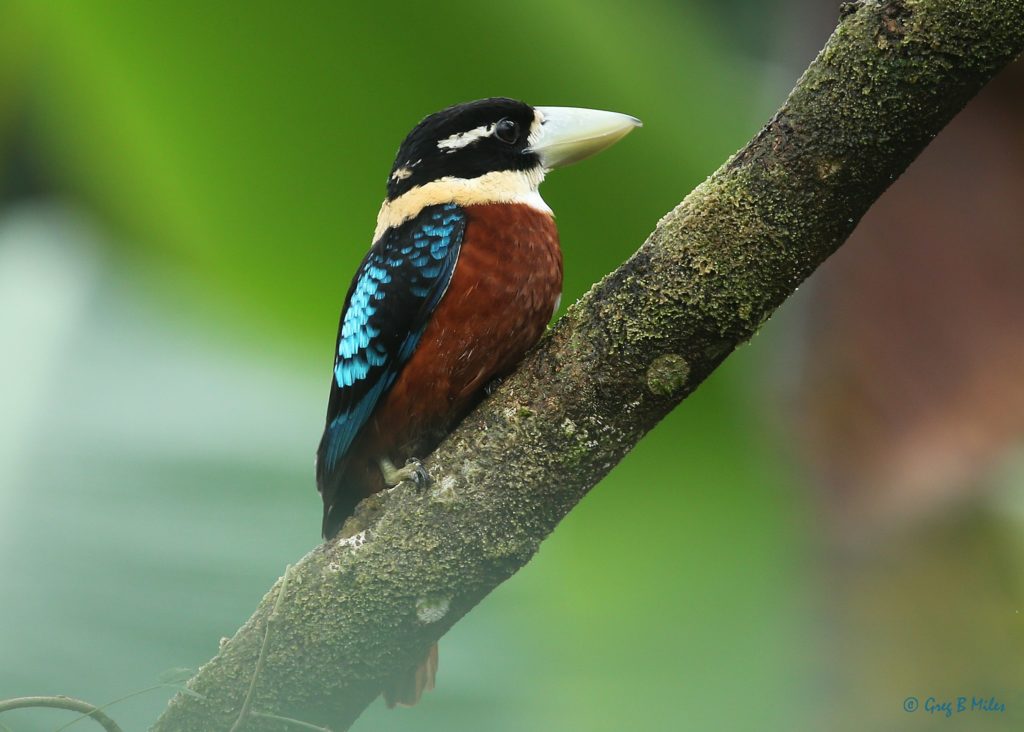
Tree Kingfishers, sometimes called Wood Kingfishers, live in drier forests where insects and other small prey make up much of their diet. Australia, New Zealand and Papua New Guinea’s charismatic kookaburras are examples of tree kingfishers, which predominate in Asia. The kookaburras are the largest of the kingfishers, ranging from 11 to 17 inches in length.
Our New Zealand guests often see Sacred Kingfisher, which mostly eats invertebrates, crustaceans, and the occasional lizard throughout its wide range in Australasia. Sacred Kingfisher is also seen by our Papua New Guinea guests, but it has a LOT of kingfisher company there. It was just one of eleven kingfishers our guests saw on their last tour there:
Azure, Brown-headed Paradise, Buff-breasted Paradise, Common Paradise, Hook-billed, Little Paradise, Sacred, Shovel-billed and Variable Dwarf Kingfishers, along with Blue-winged and Rufous-winged Kookaburra. You’ll notice some of these have longer tails, more beneficial rudders in the air than they would be in the water.
Kingfishers of Papua New Guinea
Spangled Kookaburra is another species we may see on our Aug. 2 – 15, 2023 birding and nature tour to Papua New Guinea. That trip deserves its ‘Bucket List Birding’ title not just for its impressive suite of kingfishers, but for all the opportunity to see showy bird of paradise and bowerbirds, whose dramatic mating displays are a staple of David Attenborough-esque documentaries about bird behavior.
As one of its national symbols, the kookaburra is most commonly identified with Australia. Guests on our Queensland’s Wet Tropics birding and nature tour Aug. 13 – 22, 2023 there may see Laughing Kookaburra, whose eponymous call is a staple of soundtracks to movies set ‘Down Under’.
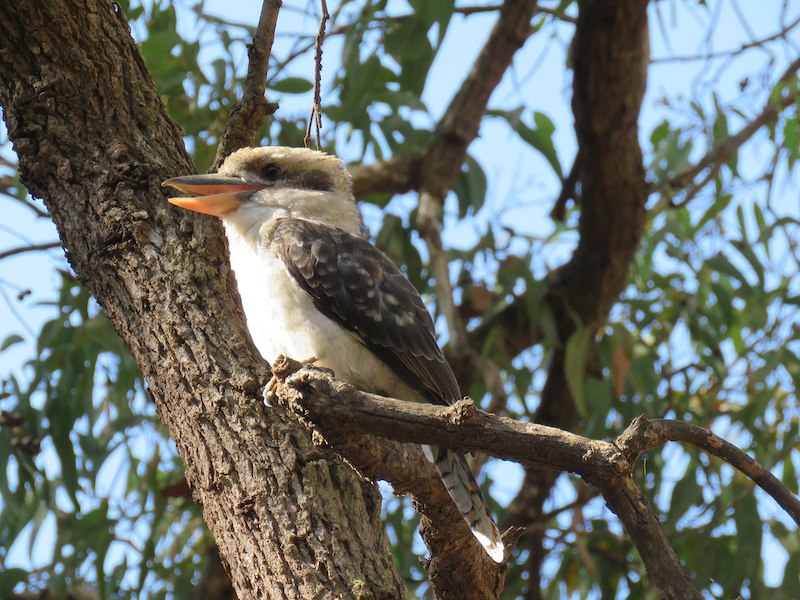
We may also see Blue-winged Kookaburra, which live in groups of up to a dozen individuals in open savannah and tea-tree swamps. Blue-winged Kookaburra is a “cooperative breeder,” meaning a nesting pair may get some help from other birds in its group with feeding and rearing young.
Kingfishers are Colorful Characters
Bright colors and striking patterns are hallmarks of kingfishers, exemplified by uncommonly beautiful Common Kingfisher, widespread in Eurasia and North Africa.
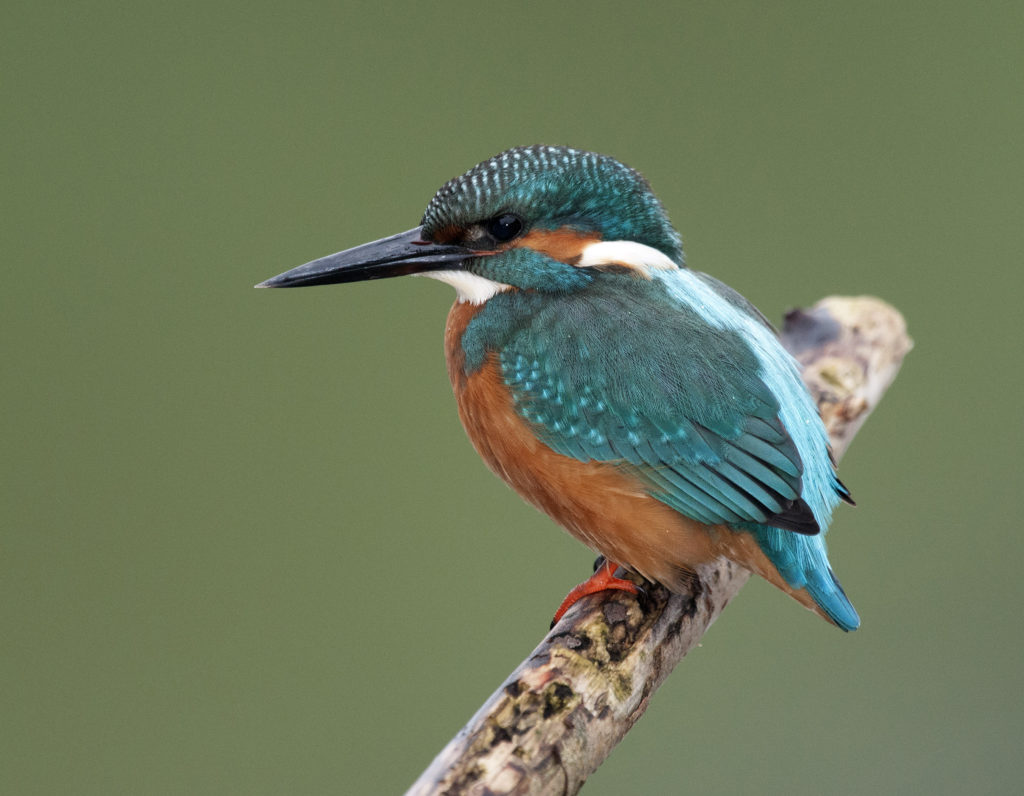
This is always a WOW bird in the binoculars for our guests in Spain, one of whom described it as “an iridescent blue jewel.” Our next Spain trip, the very popular spring migration trip with guide Carlos Sanchez April 24 – May 7, is an excellent opportunity to look for Common Kingfisher, along with all the Africa-wintering European species moving through in great numbers at this time.

Another incredibly colorful kingfisher is the Malachite Kingfisher, which has been seen on all of our Africa tours, as it is widespread across the continent. One of the most irridescent of kingfishers, the Malachite’s shine, like a hummingbird’s glowing gorget, is the result of intricate feather structures called melanasomes rather than pigmentation in the feather itself, which accounts for their flash.
Africa is Kingfisher Heaven
Africa is a fabulous place to see kingfishers! Our most recent tour group to Tanzania saw seven kingfisher species, including one of the smallest, at less than five inches, the African Pygmy Kingfisher. Our next Tanzania Birding and Wildlife Safari is Jan. 30 to Feb. 11, 2023.
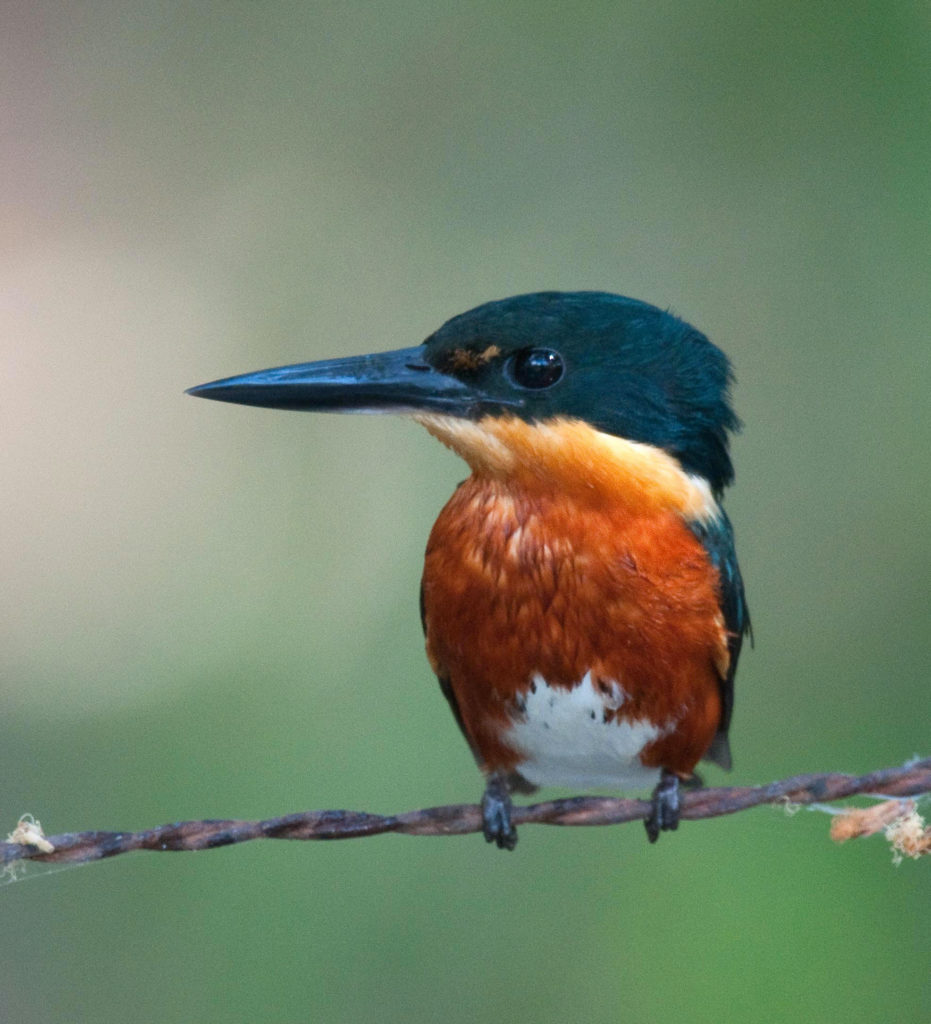
Our most recent trip to Botswana also saw a half-dozen kingfisher species, including Half-collared, Brown-hooded and Striped Kingfishers working the Chobe River, one of several water sources we visit on safari to encounter concentrations of wildlife, including lions, elephants, antelope and, of course, kingfishers!
Kingfishers are Ancient
Dating back 40 million years in the fossil record, kingfishers share the suborder Alcidines with the Central America’s todys, who share their stubby tails, and motmots, who took tailfeathers in an entirely different direction. Having a short tail is especially helpful for kingfishers that dive underwater, helping them turn and maneuver with less resistance.
Catch, Kill, THEN Eat
Rather than risk indigestion, kingfishers won’t immediately eat fish that are still wriggling, especially large ones. They will instead either hold its prey until it suffocates or actively kill a fish by bashing it against a tree trunk or rock, as shown in this “Scoop of the Day” mini documentary about the Stork-Billed Kingfisher:
Kingfishers are Also Abundant in Asia
We have chances to see six or more kingfishers fishing in India, during a single cruise of the Sundarbans region on our March 10 – 23 Grand India Tigers & Glorious Birds tour: Stork-billed, Brown, Little Pied, Black-capped, Common, and Collared Kingfisher. The Peacock is India’s national bird, but its best-selling beer is Kingfisher!
Just north of India, the richly forested Kingdom of Bhutan is home to nine kingfisher species! We are taking an inaugural trip to Bhutan April 10 to 23: Biodiverse Bhutan: Birds, Mammals and Beyond. With luck we will see some of them darting into the many rivers that descend from Himalayan peaks, carving forested valleys.
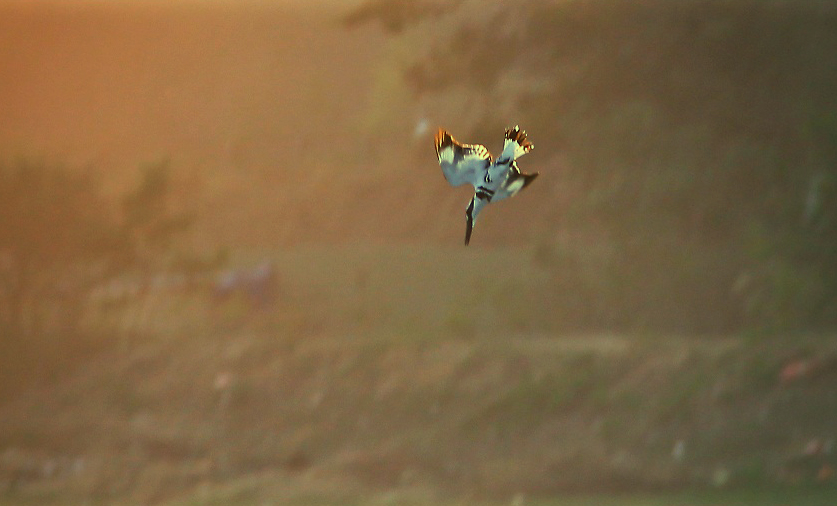
Kingfishers of Japan, Indonesia and Thailand
Among its many wetland species, in Japan we have chances to see up to 7 species and in Thailand, a full dozen. But there is no better Naturalist Journeys tour to see kingfishers than our Sept. 11 – 27, 2023 tour to Indonesia. In fact, you may add as many kingfishers to your life list as any other bird family. More than 50 kingfisher species can be found in Indonesia, including 16 endemics. Just wow!


